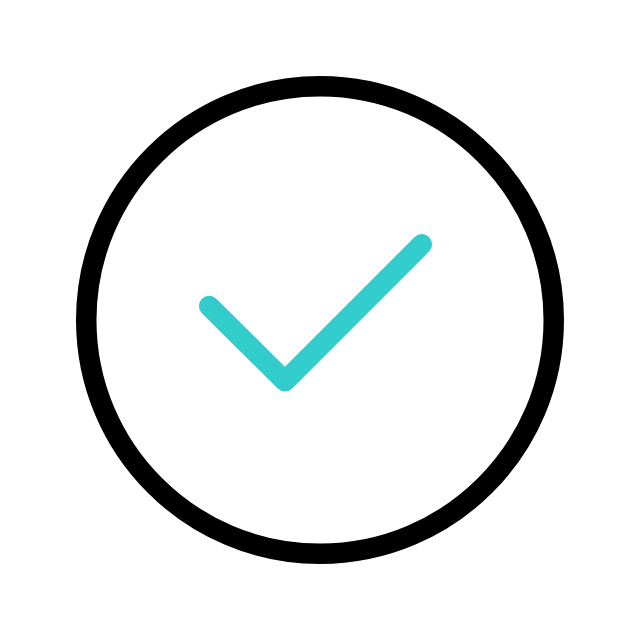In this edition of The State of IJs, we’re spotlighting Immediate Jeopardy (IJ) citations issued to nursing homes across Wyoming. These citations represent the most serious level of noncompliance, where resident safety is at immediate risk. Understanding the patterns behind these citations can help providers proactively address vulnerabilities and improve care outcomes.
Top Areas of Noncompliance
IJ deficiencies in Wyoming during 2025 include two (2) “J” scope/severity citations in the very popular areas of F600 – Free from Abuse and Neglect and F689 Free of Accidents Hazards/Supervision/Devices. The deficiencies we’re going to discuss today were identified during the same complaint survey.
The citations were related to the facility failing to protect the resident’s right to be free from neglect as well as failing to provide necessary services to ensure residents’ safety. The resident cited in the deficiency resided on one of the facility’s units that housed residents who were high-risk for wandering/elopement. The resident was severely cognitively impaired, had diagnoses that included Alzheimer’s Disease and had a BIMS score of three (3). Although this resident could walk independently, the resident was dependent on staff to have their ADL needs addressed. The care plan indicated that the resident had a history of exit seeking and wandering behaviors – the care plan also noted that the resident had successfully eloped from the courtyard and needed close supervision when outside. The resident’s location was also to be monitored per the nursing head count procedure and staff were to document wandering behaviors in the behavioral log and which diversional interventions were attempted. The identified triggers for exit seeking were restlessness and delusional thought of having to go somewhere.

Don’t miss the final insights in our limited edition series: The State of IJs on the CMSCG Blog.
This exclusive collection explores lessons learned from diverse situations across the country—and it’s wrapping up soon. To access all posts, secure your complimentary registration today.
Open to nursing homes and related organizations.
👉Register here to unlock the full series.
The survey team identified the following during the complaint investigation:
- Staff on the resident’s unit were unable to locate the resident at 4AM. A search was initiated, and the resident was located outside lying on the ground in the courtyard with no signs of life.
- The closed-circuit camera video showed two residents seated just inside the door to the courtyard – the resident exited the door at 7:10PM – nine (9) hours and fifteen (15) minutes before being found.
- The outside video camera showed the resident stand up, walk to the door and exit into the courtyard and walked away until they were no longer in sight of the camera. The SOD described how inappropriately the resident was dressed to be outside on a winter night.
- On camera review, a staff member could be seen inside the building; the staff member walked toward the exit door and reached towards “something” (probably a reset button) on the right side of the door and them walked away without even looking outside into the courtyard.
The SOD continues with heartbreaking details of the resident walking in the courtyard, falling to the ground into the snow. I bet all of you can picture that! The video review continued, and the resident was observed continuing to move – mostly likely in an attempt to get up until movement is no longer discernible. The video ends at 9PM and notes that the resident continued to lay in the outside courtyard and another video continued to show the resident lying outside in the snow until 12AM and a closed circuit of the area shows the same scenario. It is not until 4:25AM that a staff member is seen exiting the building with a flashlight and walking to the resident. The staff member observed the resident, turned and ran back to the building – we all know the unpleasant outcome.
It is so mind-boggling that staff did not identify that the resident was unaccounted for until the wee hours of the AM. What happened to bed checks, toileting, getting a resident ready for bed (including one who could not do it alone), and all the other care that should have been provided?

Staff reported that the saw the resident – a float CNA “thought” he saw the resident between 8Pm -10PM but did not see the resident during 12AM rounds. The RN stated she saw the resident around 11:30AM – 12:00AM when the nurse gave the resident medication. Wouldn’t you like to know how that was accomplished when the resident was outside in the cold laying in on the snow-covered ground?
The investigation also noted that the alarm sounded at least three (3) times during the evening and at midnight. No one went outside to check when the alarm sounded. The CNA, who eventually went outside at 4:30AM, told the RN that he did not go outside when the alarm sounded around midnight because he would not be able to get back in the building as the door would lock. The SOD does include that appropriate action was taken for the staff who did not complete their responsibilities related to monitoring the resident, responding to alarms. etc.
The Link to F689
We can tread lightly through F689 because it mimics the findings of F600, which clearly illustrated neglect. The facility’s failure to ensure that the resident received adequate supervision to prevent accidents includes the same details, which graphically illustrated neglect and failure to follow the plan of care to prevent a resident at high-risk for elopement from exiting the building in the cold of winter, inappropriately dressed and expiring on the snow ground in the courtyard. The facility staff did not recognize that a resident was unaccounted for due to their failure to follow basic care and safety protocols. There should not be a staff member anywhere who doesn’t understand the priority that should be placed when any alarm sounds, but there should be a heightened sense of urgency to respond when the alarm sound is to a door on a secure unit.
Compliance Insights
It seems appropriate to use these deficiencies to remind staff of the importance to know the location of your residents, especially those who wander and exhibit exiting-seeking behavior. The weather is getting colder everywhere, so now might be a very good time to hold some elopement drills to heighten your staff awareness of their responsibilities to monitor residents with exit-seeking and wandering behaviors per their individual plan of care as well as general facility protocols for frequency of resident checks and knowing your assigned residents locations. Using this IJ as a lead-in topic prior to a drill might not be a bad idea.
Received an IJ Citation? We’re Your First Call
CMS Compliance Group helps nursing homes respond to Immediate Jeopardy citations quickly and effectively—with root cause analysis, documentation support, and recovery planning.
Contact us today at (631) 692-4422 or cmscompliancegroup.com.